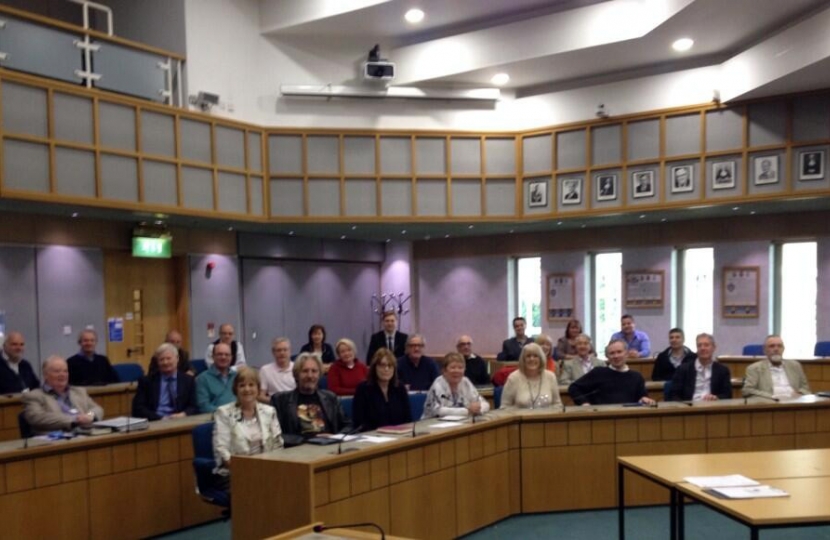
ELMBRIDGE Council will vote on November 17th to decide whether to move from the current system, where a third of the council is elected each time, to ‘all-out’ elections where the whole council is chosen every four years.
It has been consulting local residents on whether to make the switch, which would save around £42,000 per year. A total of 601 responses were received via Elmbridge's website or leaflets, and of these 308 supported retaining the current 'thirds' system and 282 favoured switching to all-outs. Eleven did not indicate a preference.
Conservative have no party line on this issue and councillors will be free to vote in whichever way they like tonight.
There are substantative arguments for and against both systems. Under the thirds model residents have an annual opportunity to hold the council to account, by electing borough representatives for three consecutive years followed by Surrey County Council elections in the fourth year. This also allows the party in overall control at the council a chance to reflect on the election results and adjust course when needed.
Moving to whole council elections every four years would allow for more long term planning, as an administration would not need to spend so much time looking ahead to the next May's elections. And if voters wished to swiftly change the party in power at Elmbridge they would be able to do so at a stroke.
In 2013 the council held a vote on whether to retain thirds which was won decisively. The reason for revisiting the subject so soon is because there is no a review of the ward boundaries underway, by Sir Tony Redmond of the Local Government Boundary Commission for England (LGBCE). If as expected, the number of councillors is reduced from the current 60 to 48 - in line with the manifesto committment the Conservatives were elected on in Elmbridge in 2012 - it would undoubtedly mean changes to wards.
Switching to full council elections would enable the creation of smaller 2 or 1 member wards which would allow the flexibility to keep communities separate on the electoral ward map as they are currently. Under a thirds system there would likely be 16 wards of three councillors, roughly equal in voter numbers, with some streets having to join other wards or having other communities added on.
A two thirds majority of the councillors present on November 17th will be required to change the voting system.
